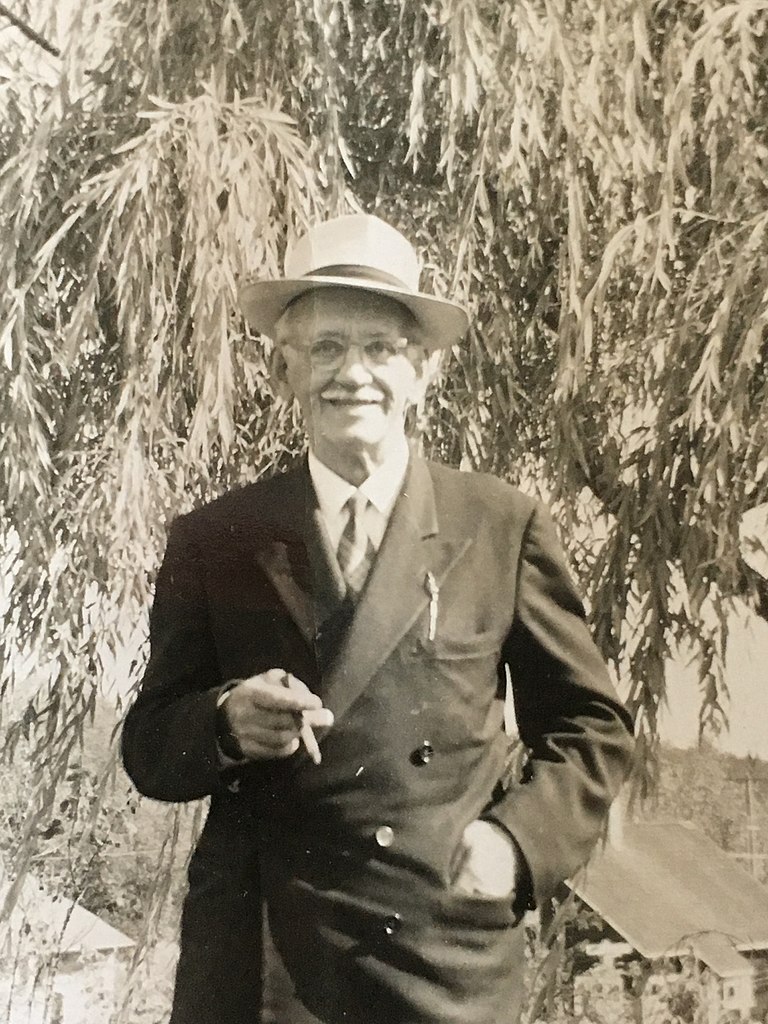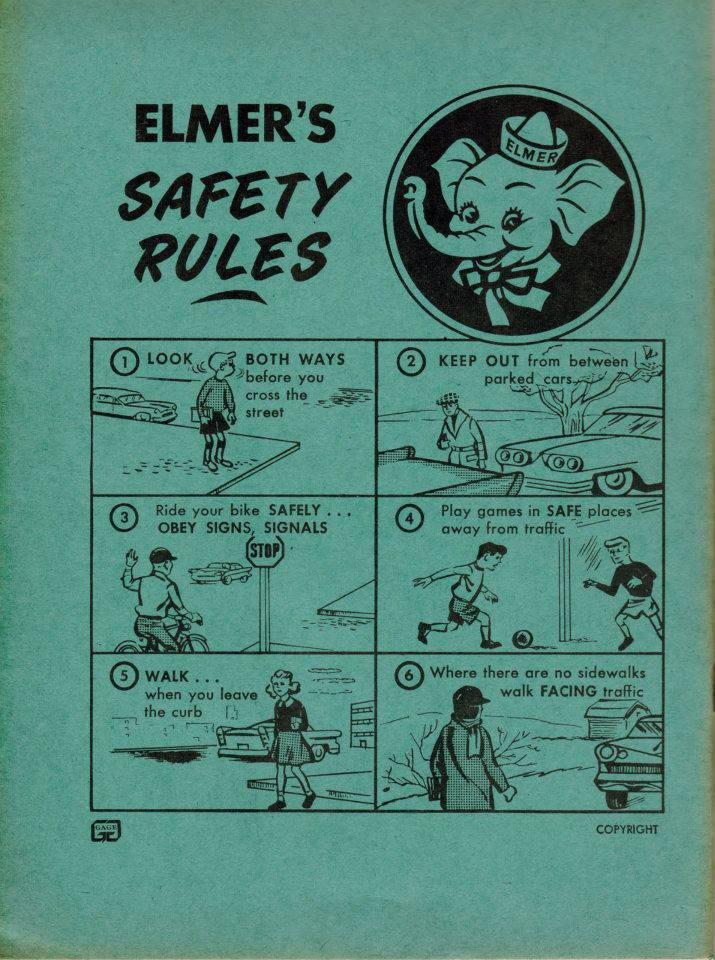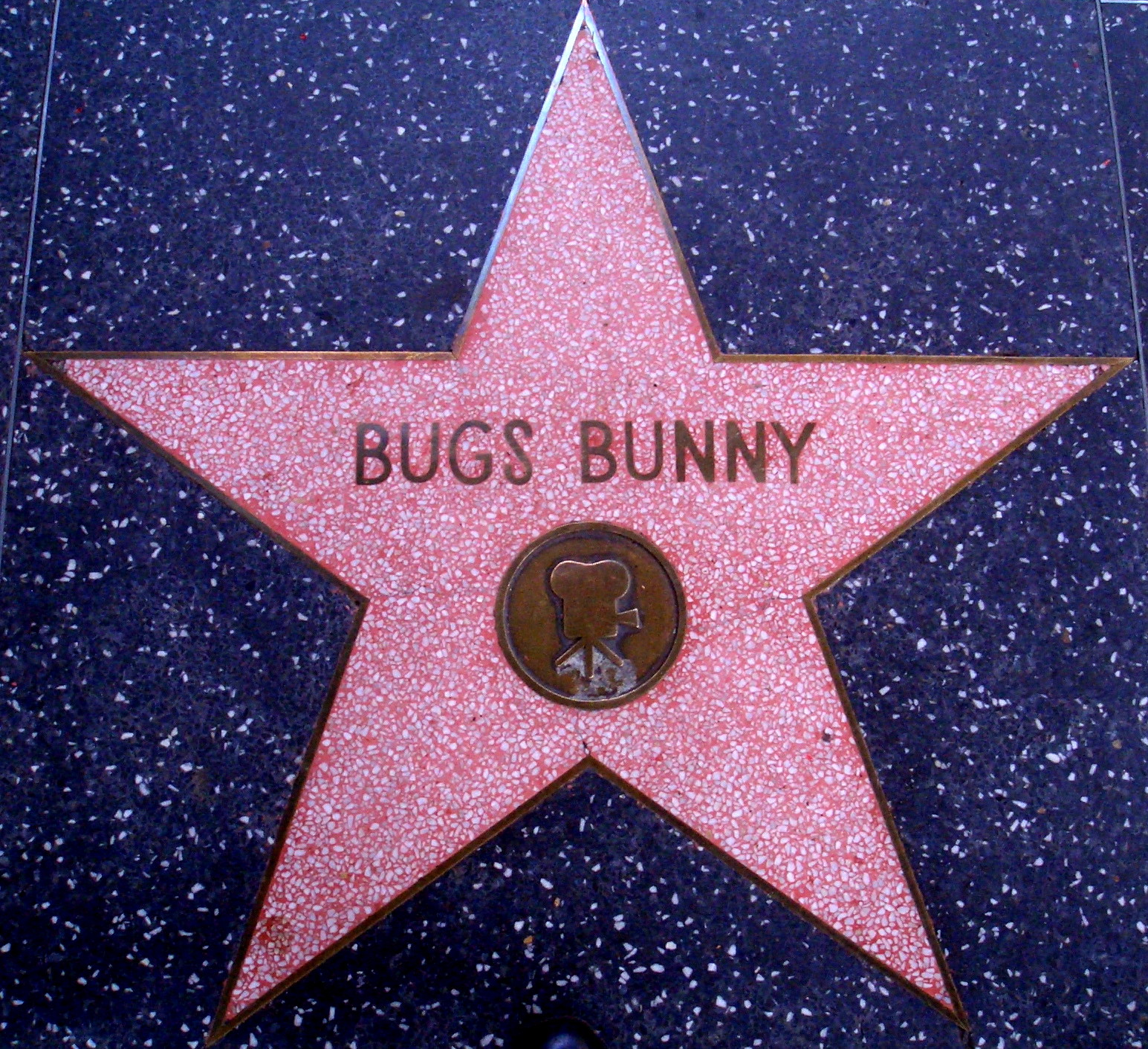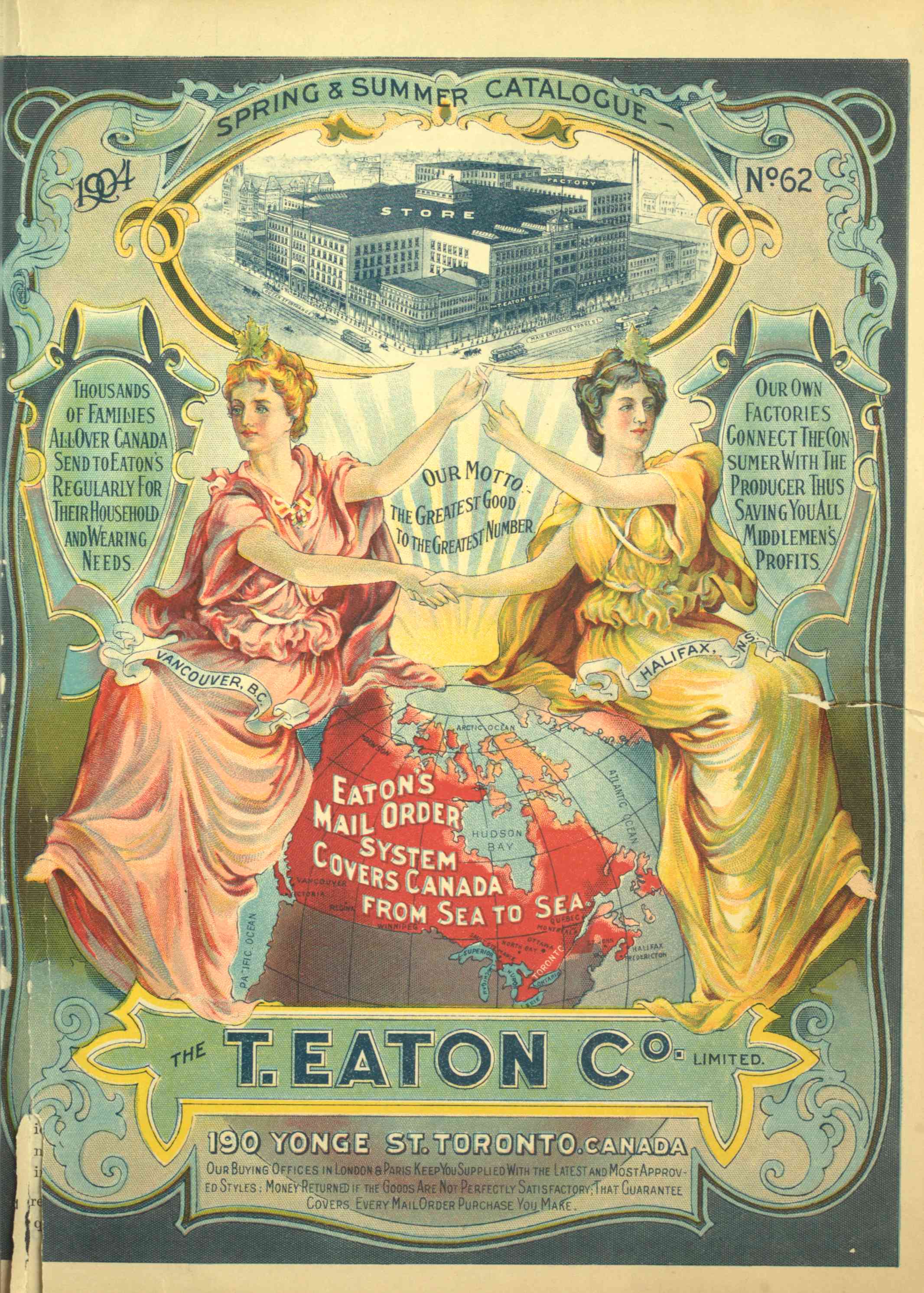Charles “Charlie” Gustav Thorson (born Karl Gustaf Stefanson), political cartoonist, character designer, children's book author and illustrator (born 29 August 1890 in Winnipeg, MB; died 7 August 1966 in Vancouver, BC). Thorson is best known as the man who designed and named Bugs Bunny, but in a 10-year career (1935-45) in America's great animation studios he created hundreds of cartoon characters, including Elmer Fudd, Little Hiawatha, Sniffles the Mouse, Inki and the Mynah, The Lady Known as Lou, and Twinkletoes.

Career Highlights
Charles Gustav Thorson began his artistic career as a political cartoonist for Icelandic-language newspapers in Winnipeg. He also contributed cartoons in a precise, gently satiric style to the Winnipeg Free Press and the Grain Growers’ Guide. For 20 years (1914-34) he was chief illustrator for the Eaton's catalogue at a time when the entire inventory of goods was hand-drawn.
In 1935 Charles Gustav Thorson was hired by Disney Studios, where he became expert at designing cute, anthropomorphized animals. After two years, during which he provided story elements and character designs for Snow White and the Seven Dwarfs and over a dozen short films, he moved to Harman-Ising, MGM, and then Warner Bros. studios, where he was the first person ever hired just for his specialty – character design. He also worked at Fleischer Brothers, Terrytoons, Columbia, and George Pal studios.
When his movie career ended, Charles Gustav Thorson switched easily to advertising and children's book illustration. In 1947 he wrote and illustrated Keeko, an endearing and beautifully detailed book about an adventurous Indigenous child. Keeko went into a 9th printing and prompted a sequel, Chee-Chee and Keeko, in 1952.
For Eaton's, Thorson created the character Punkinhead, the poster-bear for the Canadian baby-boomer generation and the most successful advertising character in Canadian retail history. The image of the cuddly bear with the magical mop of unruly yellow hair soon became associated with hundreds of Eaton's products, from booklets to clothes, dishes to furniture. Thorson also designed Elmer the Safety Elephant in 1952, the icon for a nationwide traffic safety campaign for school children.

The younger brother of powerful federal politician Joseph Thorson, Charles Thorson was attracted to stories about outcasts and improbable heroes. His forte was designing cute, charming characters with undeniable star-quality. He had a special gift for using the subtleties of colour to give his cartoon characters 3-dimensionality and humanness; through his detailed rendering of eyes, his creatures gained personality and inner life.
Honours
In 1947 Charles Thorson was made an honorary member of the International Mark Twain Society for "his contributions to literature."


 Share on Facebook
Share on Facebook Share on X
Share on X Share by Email
Share by Email Share on Google Classroom
Share on Google Classroom


